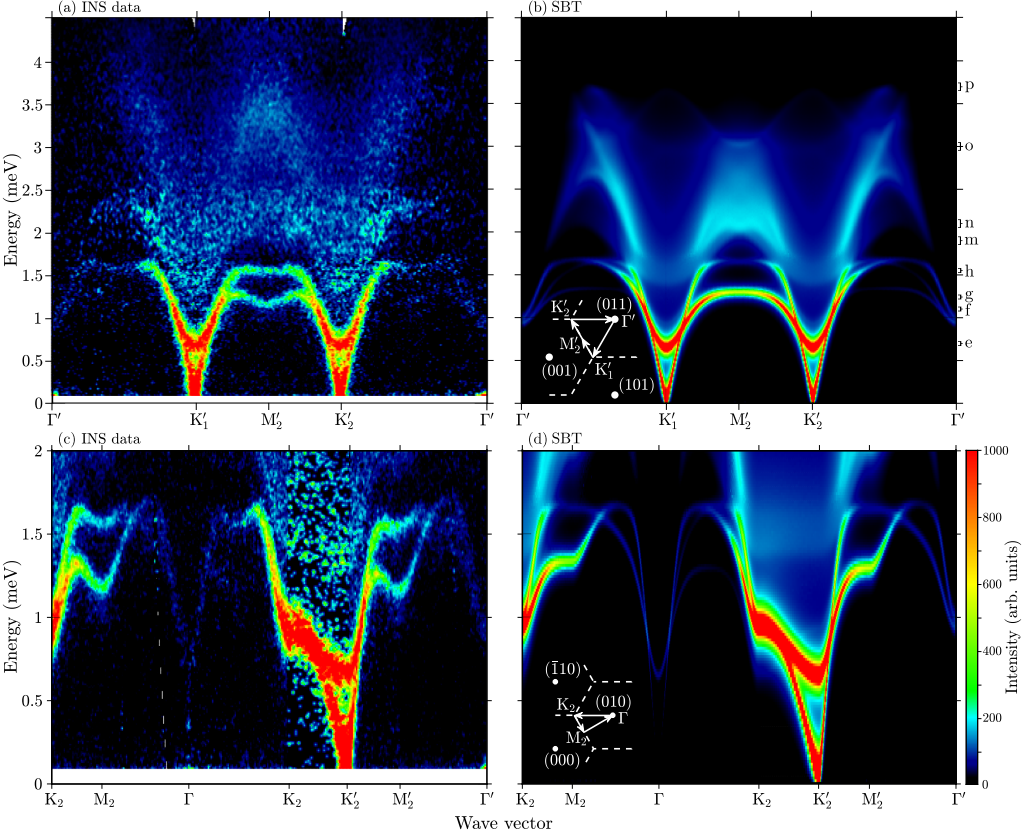
[email protected]
Professor of Physics, University of Tennessee and Oak Ridge National Laboratory
Research focus: Quantum Materials, e.g. synthesis, molecular quantum systems, 2D materials, quantum magnetism, strongly correlated electron systems, Quantum Theory and Simulations, e.g. AI, high performance computing, topology, algorithmic development, correlated systems, Quantum Control and Measurement, e.g. spectroscopy, out of equilibrium quantum measurement and sensing, transport, and devices.
Website http://www.phys.utk.edu/people/faculty/batista.html
Bio
Cristian Batista is a Willis Lincoln Chair Professor at the Department of Physics and Astronomy of the University of Tennessee. He has a joint appointment with the Oak Ridge National Laboratory (ORNL). He is the deputy director of the Shull Wollan Center at ORNL. He works in the area of correlated electron systems with particular emphasis on quantum magnetism. He received his PhD in 1996 from the Intituto Balseiro (Bariloche, Argentina). In 2001, he became a J. R. Oppenheimer fellow of the Los Alamos National Laboratory. He is fellow of the American Physical Society (APS) and the vice Chair of the GMAG unit of the APS.
Research Description
We work on correlated electron materials and look for quantum mechanical behaviors that do not have a classical counterpart.
Recent research
https://doi.org/10.1038/s41467-018-04914-1
https://doi.org/10.1103/PhysRevLett.124.207201
https://doi.org/10.1103/PhysRevB.98.184403
https://doi.org/10.1103/PhysRevB.101.024420
https://doi.org/10.1038/s41567-020-01110-1
https://doi.org/10.1038/s41467-022-28014-3
https://doi.org/10.1103/PhysRevB.97.140507
https://doi.org/10.1103/PhysRevX.4.011023
Research Image
